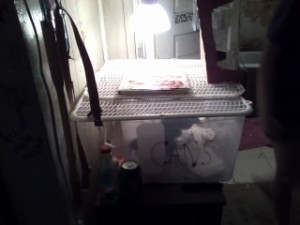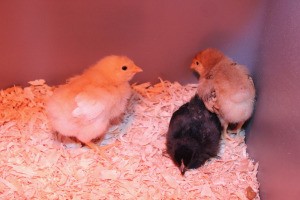 Raising chicks is easier than you think and can be very rewarding. Besides being a fun family activity, your family will also benefit from healthier eggs than you will find at the grocery store.
Raising chicks is easier than you think and can be very rewarding. Besides being a fun family activity, your family will also benefit from healthier eggs than you will find at the grocery store.
Supplies:
Steps:
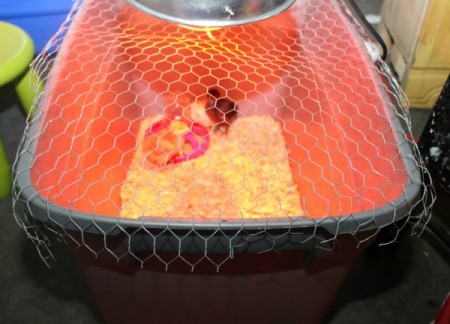

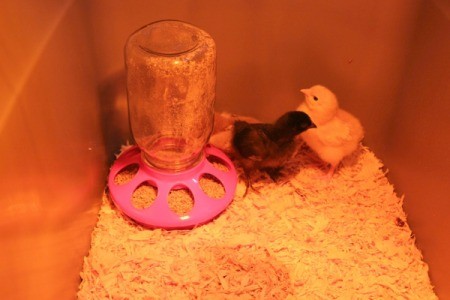

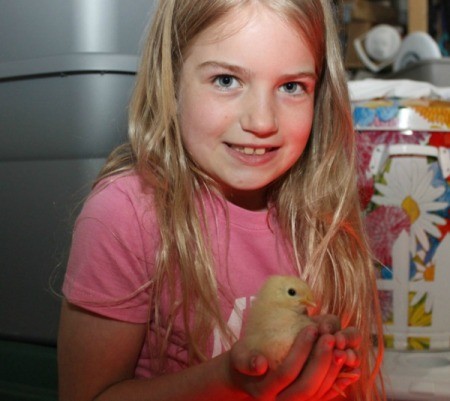
I love chickens! I thought I would post how I make a brooder for my chicks:
I use a big tub, that is see through. I also use those grates, the plastic ones from the box fans that have broken in the past. I take the grates and attach them to the plastic storage tub's handles which has holes in them them under the snap on handle. I took off the snap on handle. Then I attached one side of the plastic grate and then the other grate I attached. They open in the middle.
I have it under a lamp, but our chicks were older and I didn't use a heat lamp but a regular lamp that was about the level it needed to be.
The box on top hides the glare when people are reading by the brooder.
We have a lot of fun with our chicks.
